-
FREE MEMBER
NO Posting or PM's Allowed

My new 1932 Enfield No 2 Mk 1 and my 1940 Enfield No 2 Mk 1*
-
10-24-2016 06:02 PM
# ADS
Friends and Sponsors

-
Advisory Panel


-
-
Legacy Member

I've responded to your pm.
-
-
Legacy Member

No. 42 in similar condition. This one has a 28 dated barrel on a 1929 frame.


-
Thank You to Brit plumber For This Useful Post:
-
There's a lot of info about these tough and hardy pistols on this forum that you might find interesting. The first 400 or so were supposedly withdrawn to have the safety stop retro fitted but some clearly weren't modified. Mind you, the safety stop was deleted later anyway! You can see (thread 4, top) that the earliest had a moveable backsight. Later left/right/centre foresight blades introduced. As for High/low, that was up to the shooter to'......aim up of down a bit.....'
Serial number would be interesting to the anoraks.......
Finally, if you lost one while they were in service it'd cost you £24 plus the usual 28 days in the slammer. Loose a No2 Browning and it'd cost £22
-
Thank You to Peter Laidler For This Useful Post:
-
FREE MEMBER
NO Posting or PM's Allowed

Thanks guys.
So the whole "1932 was the first year of issue" thing is internet myth then?
-
Contributing Member


Some great examples there guys, I have to say, I prefer them to the Webley
-
-
Legacy Member

I think (and Peter will correct me if I'm wrong) 1932 was the year the Mk1 was officially accepted into service on paper however it had physically entered service earlier.
-
-
That's usually the way it works BP. Build up stocks of weapons and spares first. First issues to the training teams who train the Regiment or Corps instruction cadres and then full scale deployment on a theatre by theatre basis
Almost forgot. A few of the first pre-production and initial production go to the REME tech Services (as were, no longer though...) who would formulate the repair system of X (unit), Y (Field or second line) and Z (Base/factory standard) repairs based on experience. Their technical report is sent back through the various interested parties up to the designers at the production end who read and inwardly digest it all and then, seemingly just ignore it and throw it all in the bin. So that in a few years ahead these problems manifest themselves so that a small easily fixable hiccup becomes a huge expensive fix later....... I'll tell you all about it one day!
Last edited by Peter Laidler; 10-28-2016 at 06:46 AM.
-
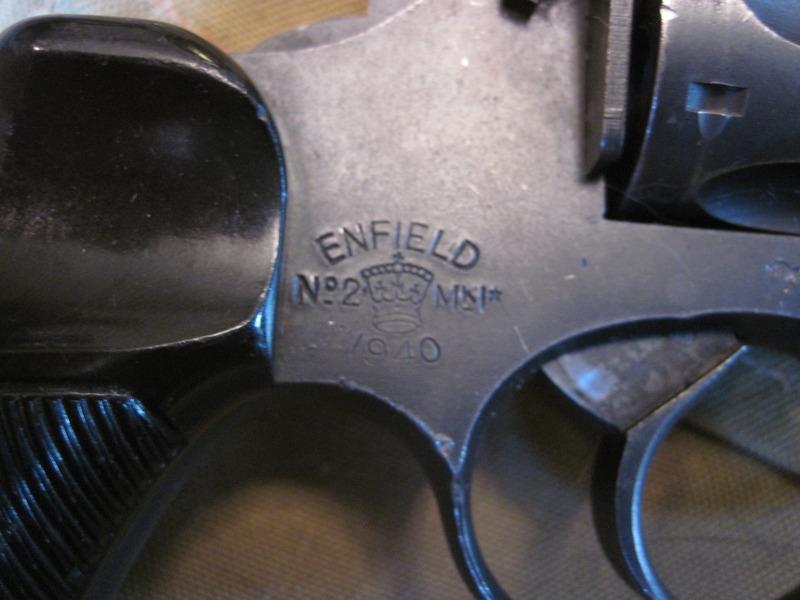 Information
Information














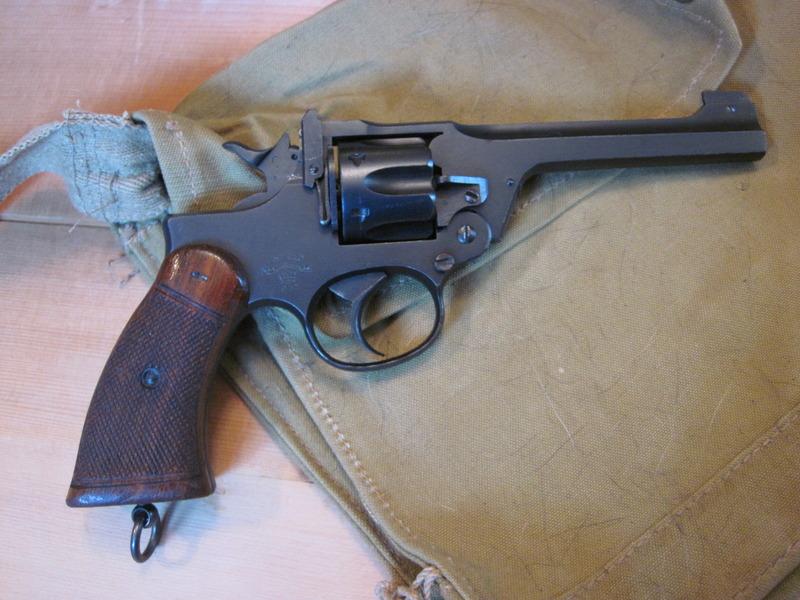


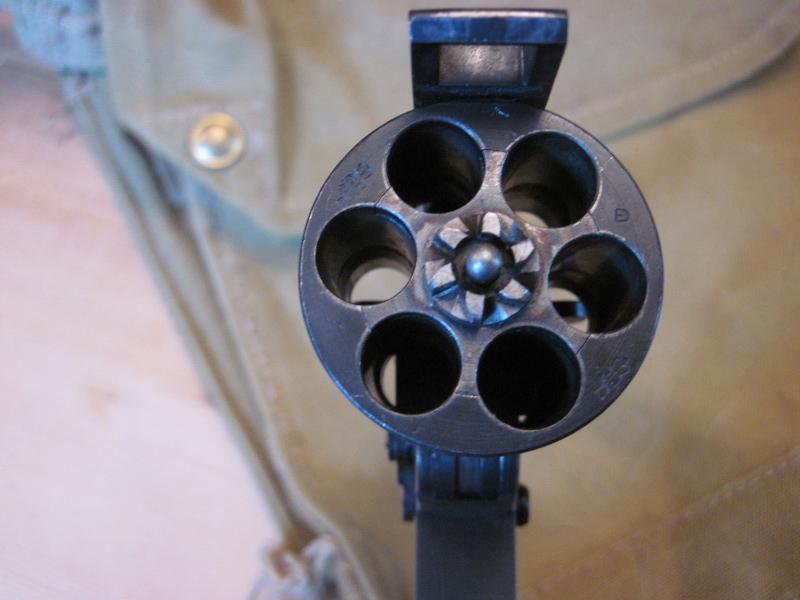
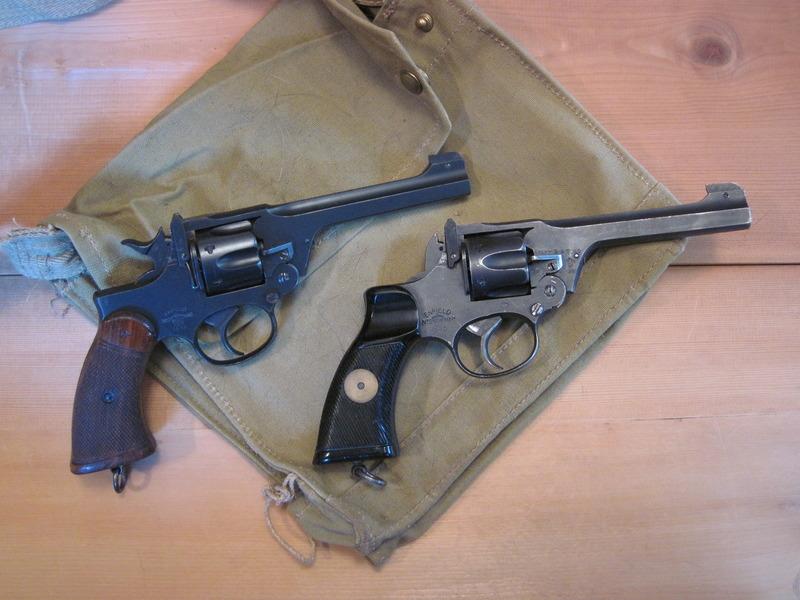
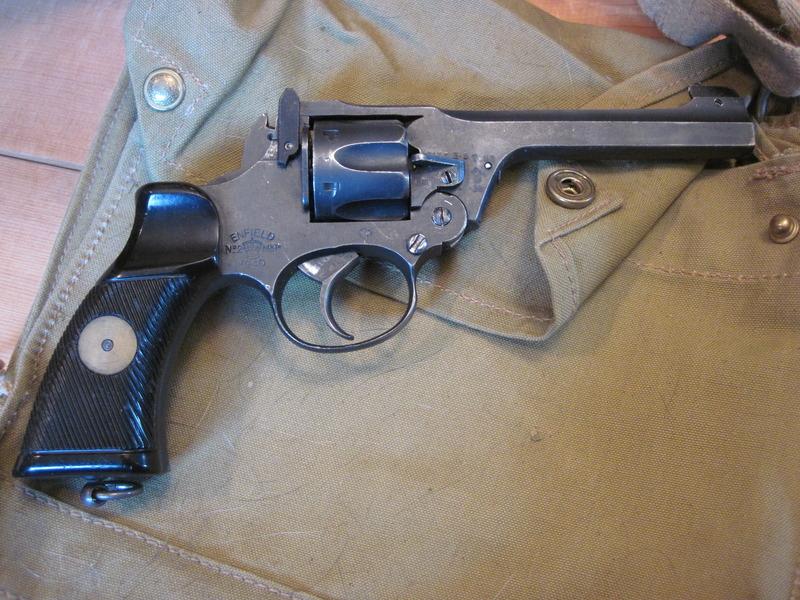
 Register To Reply
Register To Reply











